What Drives Our Research
Fordham Ohio advocates for policies that advance educational excellence for all Ohio students. High-quality research and analysis—conducted in-house and by external researchers and experts—helps us advance that goal by framing key issues with sound data.

Ohio Education By the Numbers
The Thomas B. Fordham Institute is pleased to present Ohio Education By The Numbers, which is an impartial, fact-based overview of K–12 education in the Buckeye State. We hope these data will inform conversations about improving education throughout the state.

The Science of Reading in Action: How Northridge Local Schools is changing the way reading is taught
Ohio elementary schools are moving to the Science of Reading, an approach that emphasizes phonics along with vocabulary- and knowledge-rich content. Keen on learning what this transition looks like inside classrooms, we asked Ellen Belcher, a former journalist with the Dayton Daily News, to visit Northridge Local Schools to shine light on their literacy practices. Our latest publication details Northridge's approach to updating their reading curriculum and instruction.
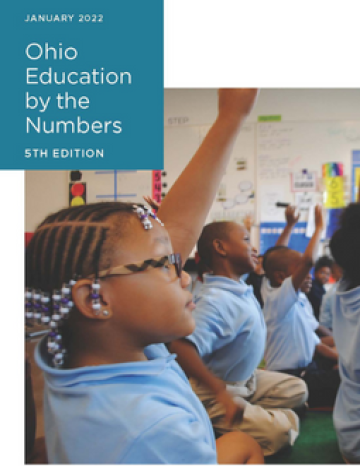
Ohio Education By the Numbers—2022 Edition
Giving children an excellent K-12 education has long been a top priority for Ohioans. That’s no different today, but educational issues loom even larger after the pandemic-related disruptions of the past two years. To guide productive conversations about improving education, clear and accessible data are key.

2021 Fordham Sponsorship Annual Report
The 2020-21 Fordham Sponsorship Annual Report provides insight into our sponsorship work during the last school year, one of the most challenging imaginable for schools, students, and families.
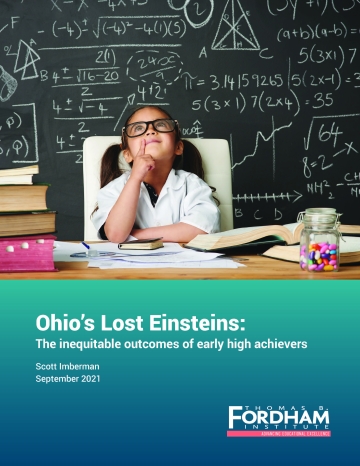
Ohio’s Lost Einsteins: The inequitable outcomes of early high achievers
Too often, high-achieving students get lost in the shuffle in debates about improving education for all. Yet to keep the U.S. and Ohio competitive on a global scale, we need to nurture a next generation of inventors, scientists, and business leaders.
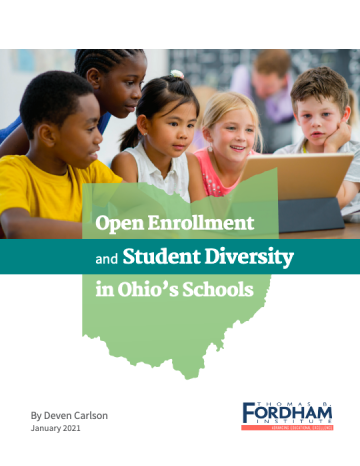
Open Enrollment and Student Diversity in Ohio’s Schools
Approximately 85,000 Ohio students use interdistrict open enrollment to attend a neighboring school district.
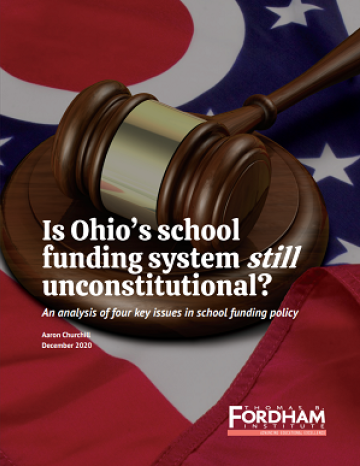
Is Ohio’s school funding system still unconstitutional?
Nearly a quarter century after the DeRolph v. Ohio decision, many still assume that the state’s school funding system is unconstitutional.

2020 Fordham Sponsorship Annual Report
The 2019–20 Fordham Sponsorship Annual Report provides insight into our sponsorship work during the year and the performance of our sponsored schools.
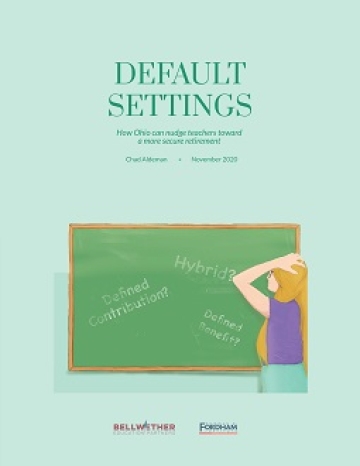
Default Settings: How Ohio can nudge teachers toward a more secure retirement
Though not widely known, Ohio teachers have three retirement options: a traditional pension plan, a 401(k)-style defined contribution plan, and a hybrid plan that combines features of both. A large majority of teachers are in the pension plan—the result of either an affirmative choice or by default, not having selected a specific plan at the beginning of their careers.
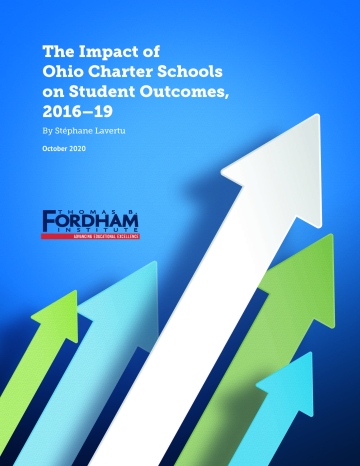
The Impact of Ohio Charter Schools on Student Outcomes, 2016–19
Since the first Ohio charter schools opened in 1998, they’ve regularly been subject to intense scrutiny
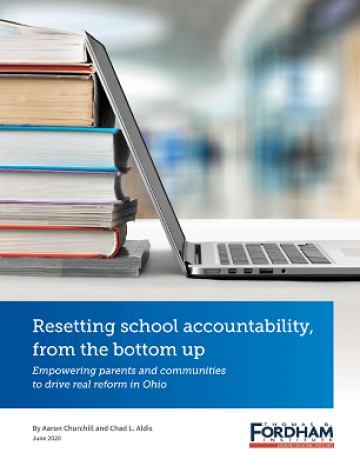
Resetting school accountability, from the bottom up
After a one-year pause in Ohio's school accountability system, the road back to normalcy is uncertain. Fordham's new policy brief titled Resetting school accountability, from the bottom up offers a clear and concise plan to restart state assessments and school report cards.

Ohio Education By the Numbers—2020 Edition
Now in its fourth edition and fully updated for 2020, Ohio Education by the Numbers Education is a look at vital statistics about Ohio’s schools and the students they serve. We intend it to be a readily accessible resource that keeps education stats—with cites to original sources—at your fingertips.

Pathway to Success: Columbus Preparatory Academy raises the bar on rigor
With little fanfare, Columbus Preparatory Academy regularly appears near the top of the charts when it comes to state test scores. In 2018-19, for example, its performance index score ranked twelfth out of 3,225 Ohio public schools.
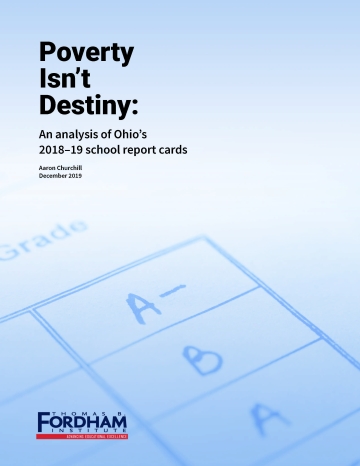
Poverty Isn't Destiny
Since 2005, the Thomas B. Fordham Institute has published annual analyses of Ohio’s state report cards.